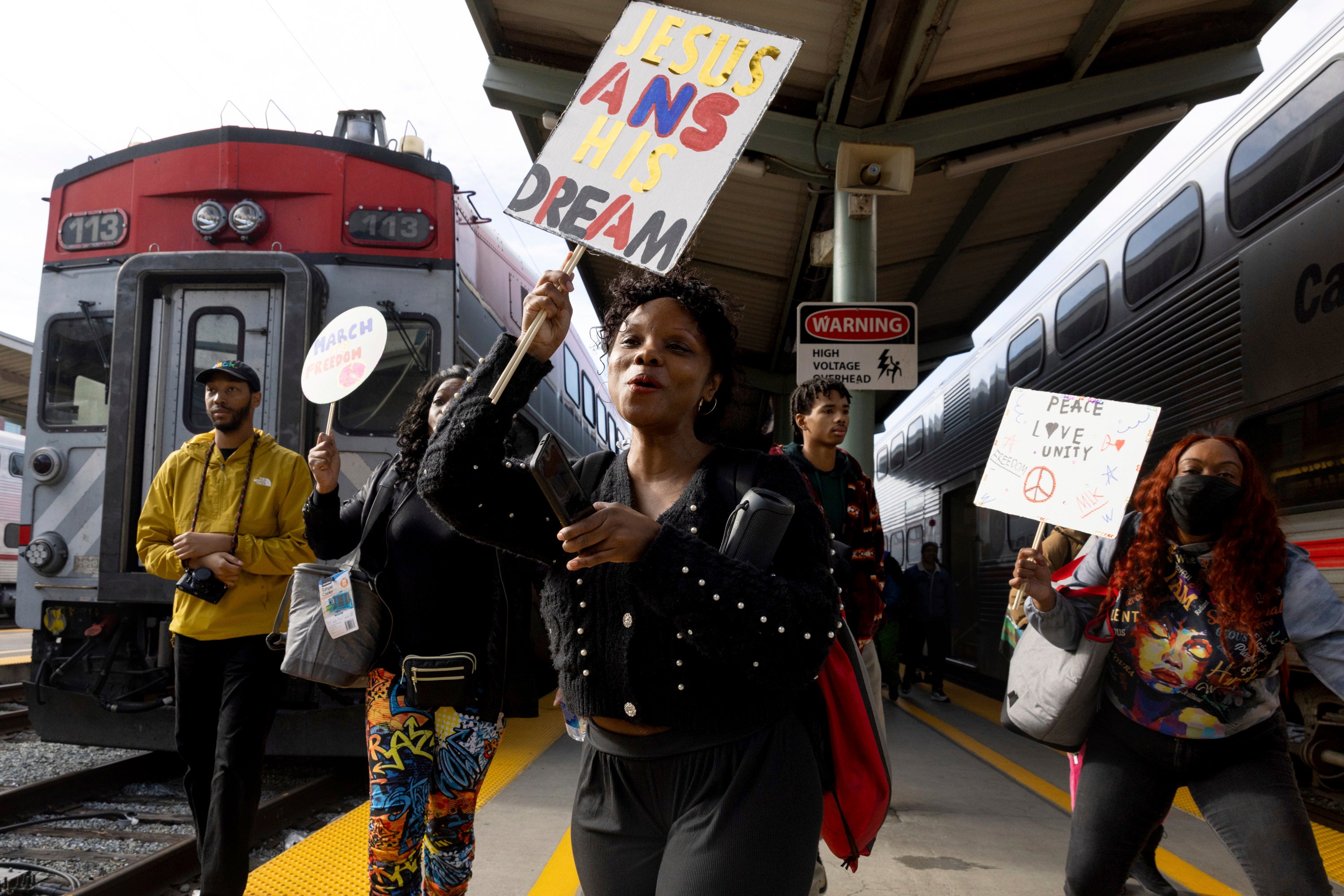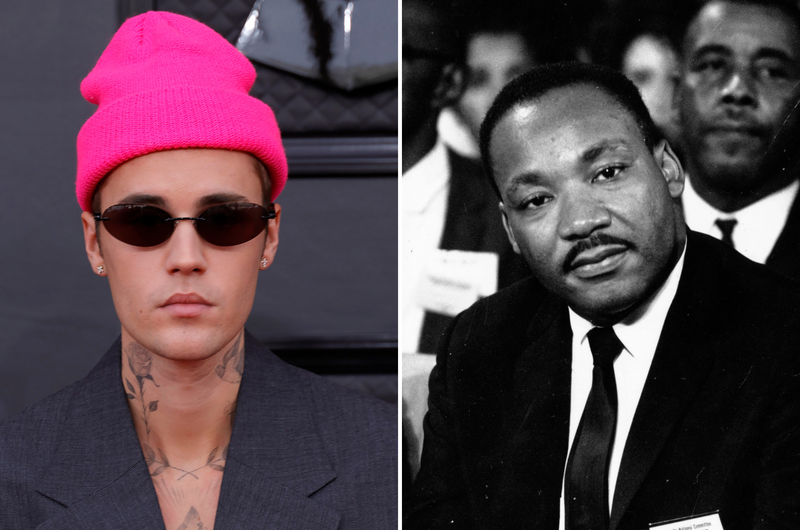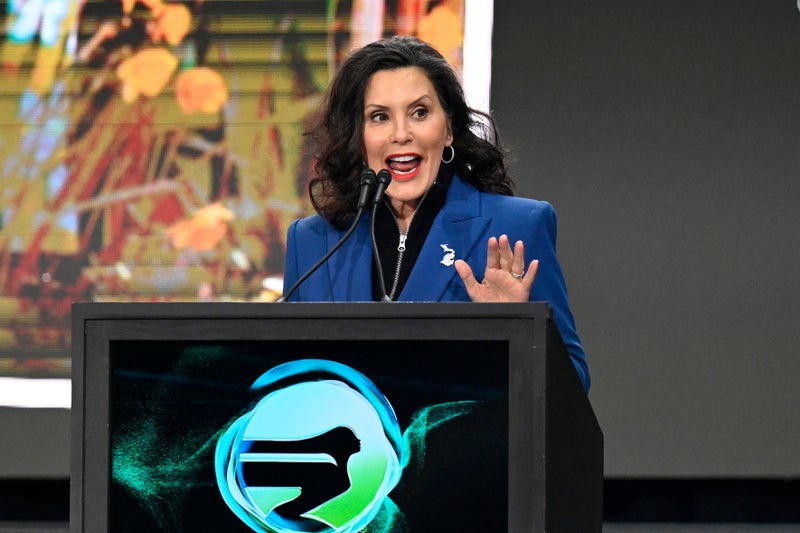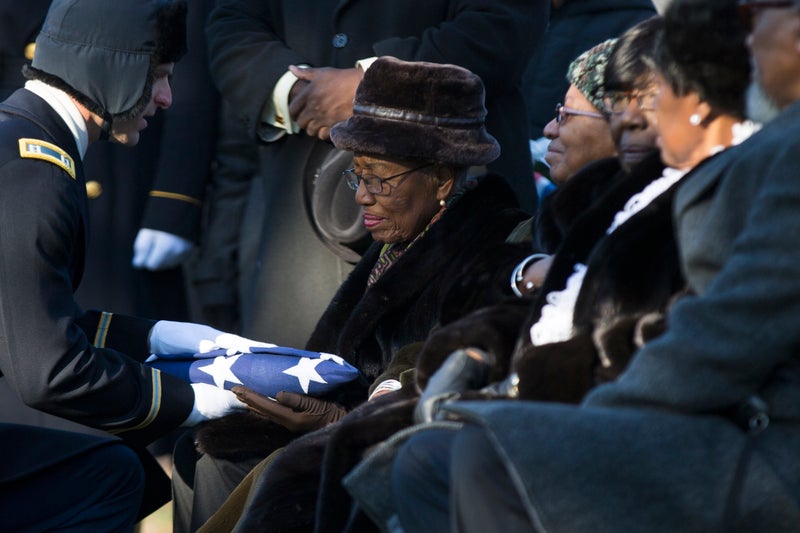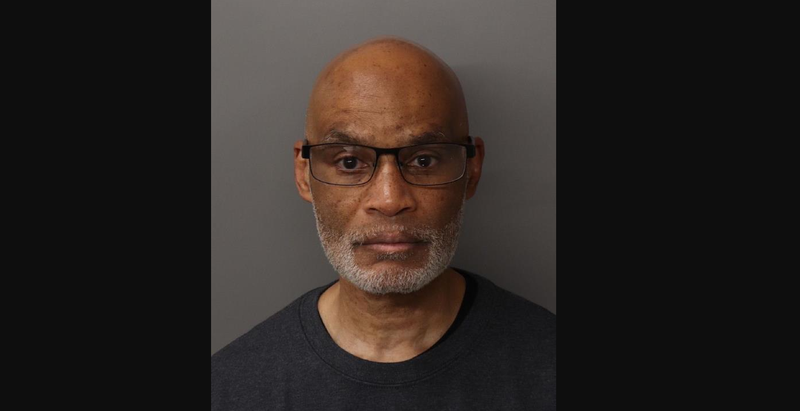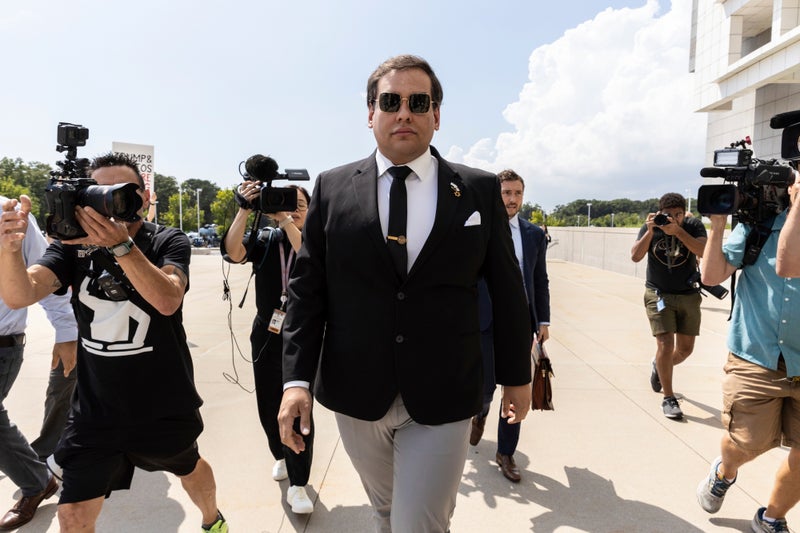The long struggle to establish Martin Luther King Jr. Day
Share:
The Rev. Martin Luther King Jr. gave his iconic “I Have a Dream” speech in 1963 on the steps of the Lincoln Memorial. He chose that location in part to honor President Abraham Lincoln as “a great American, in whose symbolic shadow we stand today.” Now, millions of people honor King in the same way.
On the third Monday of January — close to King's Jan. 15 birthday — federal, state and local governments, institutions and various industries recognize Martin Luther King Jr. Day. For some, the holiday is just that — time off from work or school. But, King's family and others carrying on his legacy of equality, justice and non-violent protest want Americans to remember that this holiday is really about helping others.
While it is now a time-honored tradition, the establishment of the holiday had a prolonged, difficult path to acceptance. How the idea for MLK day began. The idea to establish a national holiday for the civil rights icon arose as the nation was plunged into grief. U.S. Democratic Rep. John Conyers of Michigan, one of the longest-serving members of Congress known for his liberal stance on civil rights, proposed legislation to recognize King four days after his assassination outside a motel in Memphis, Tennessee, on April 4, 1968.
Supporters knew it would not be easy. King, who was 39 years old at the time, was a polarizing figure to half the country even before his death, said Lerone Martin, director of the Martin Luther King, Jr. Research and Education Institute at Stanford University. Polls conducted by the Washington Post and the New York Times indicated most Americans did not trust King or thought he was too radical because of his speeches on poverty, housing and against the Vietnam War.
